What did IS do in key battles?
- Published
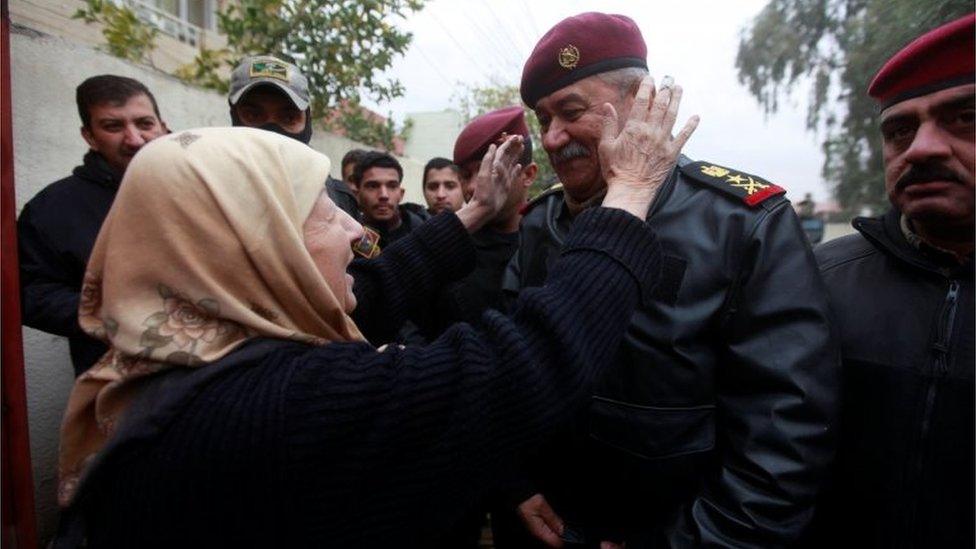
Iraqi forces have retaken large parts of IS-held territory in recent months
As a coalition of forces try to retake Mosul from so-called Islamic State (IS), the battle is expected to be the hardest so far against the militants in Iraq.
It is the latest in a series of offensives to recapture territory taken by the jihadists since they burst onto the scene in mid-2014. Here is how IS has lost other key battles in Syria and Iraq:

Kobane, Syria

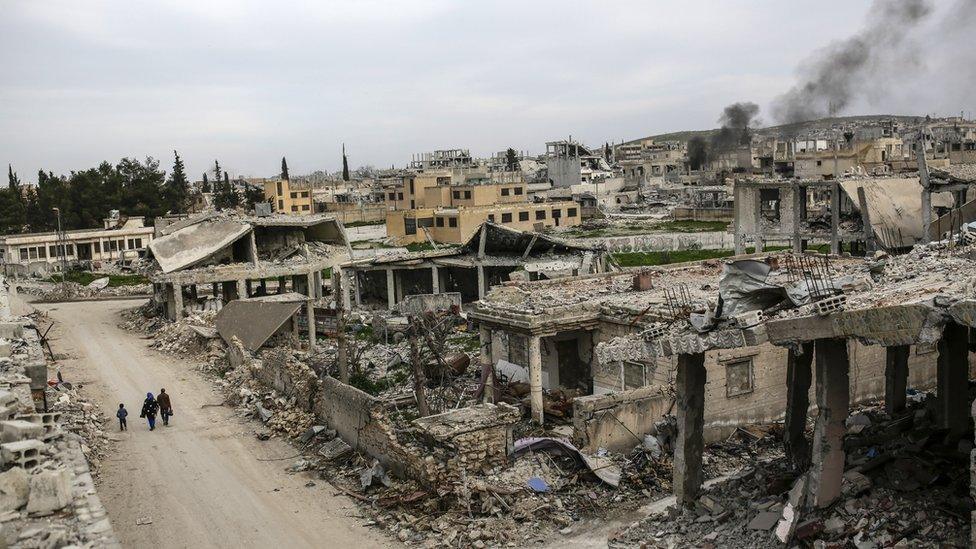
IS gloated that it had left Kobane in ruins
When: 22 September 2014-26 January 2015 (four months)
Significance: The battle of Kobane (aka Ain al-Arab) on the Syrian border with Turkey was highly symbolic for IS because it was the group's first real test in combat. Many jihadist critics of the group said IS wasted its fighters and weapons.
Who: IS versus US-backed Kurdish fighters (with heavy US air cover)
How: Protracted fighting that extended to urban street combat. IS deployed a large number of suicide bombers, many of whom were foreign fighters.
Aftermath: Heavy destruction of the city's infrastructure and residential areas (more than 3,200 buildings destroyed, according to the UN), significant displacement of its predominantly Kurdish population, and high numbers of deaths on both sides, especially IS. The jihadist group later tried to play down its defeat by gloating that it had left Kobane in ruins.

Tikrit, Iraq


Suicide car bombs are a favoured tactic by IS
When: 2 March-1 April 2015 (one month)
Significance: Tikrit is a symbolic Sunni city as the hometown of the late Iraqi leader Saddam Hussein and seen in Iraq as a bastion of Sunni power. It was also the site of the Camp Speicher massacre, in which IS summarily killed at least 1,700 young Shia conscripts in June 2014.
Who: IS versus Iraqi forces - predominantly the Shia-led Popular Mobilisation forces (PM) supported by Iranian advisers - and US coalition air strikes in second half of the campaign.
How: Although IS put up stiff resistance, the battle for Tikrit was shorter than observers had anticipated. Its recapture by Iraqi forces was helped by the fact that most of the city's residents had left ahead of the battle, which allowed Iraqi forces to bomb IS positions more freely.
Aftermath: Tikrit escaped the level of damage that affected other areas lost by IS. This allowed civilians to return relatively quickly. PM members were accused of reprisal attacks against residents following Tikrit's recapture, which the PM put down to "individual acts".

Baiji, Iraq

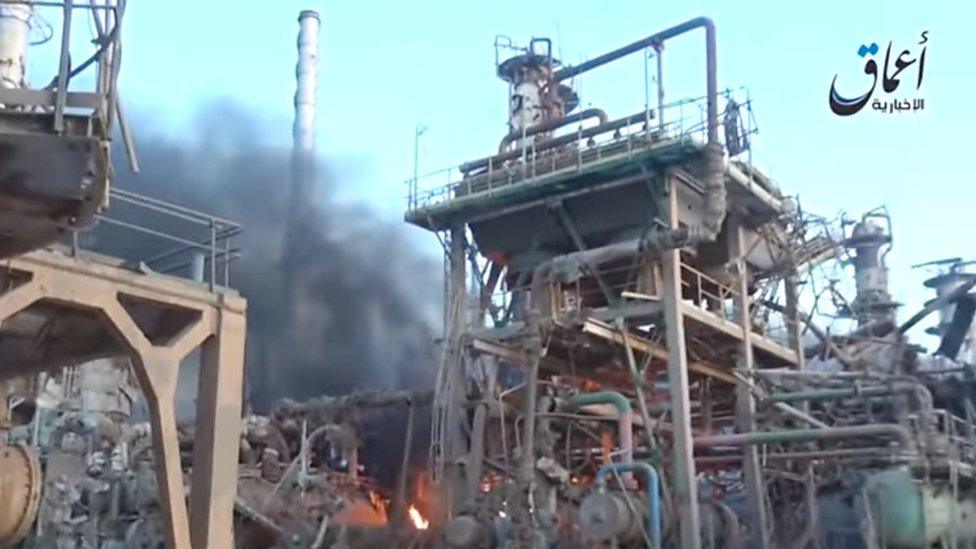
The Baiji oil refinery was destroyed during the fighting
When: April-October 2015 (five months)
Significance: Baiji is home to Iraq's biggest oil refinery and lies on a strategic route that leads north to IS's stronghold of Mosul. IS moved into Baiji in April immediately after losing Tikrit.
Who: IS versus Iraqi forces (including PM) and coalition air cover.
How: As was the case in Kobane, the battle for Baiji was protracted and involved urban warfare, including weeks of IS hit-and-run attacks. Iraqi forces were besieged for several days in parts of the refinery compound. IS threw in lots of suicide bombers, many of them foreign fighters, including British teenager Talha Asmal.
Aftermath: IS pursued a scorched-earth strategy in Baiji, bombing and burning most parts of the oil refinery on its way out. To this day, the refinery has not resumed production.

Ramadi, Iraq

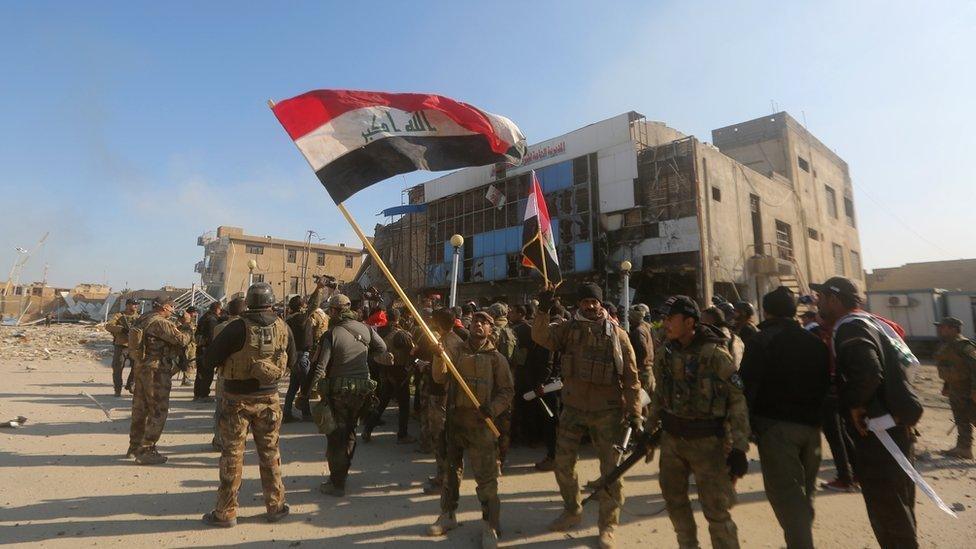
Ramadi had been under IS control for eight months
When: 21 December 2015 - January 2016 (one month)
Significance: Ramadi is the capital of Sunni-majority Anbar province in western Iraq. Its swift capture by IS in May 2015 was a major victory for the group and a huge blow to the Iraqi army, which crumbled.
Who: IS versus Iraqi forces and Sunni tribal fighters with heavy support of US air strikes. The PM was kept out for fear their involvement might stir sectarian tensions.
How: IS put up fierce resistance. Iraqi forces were slowed down by booby-traps, snipers, suicide bombers and the presence of civilians in the city. Even after Iraqi forces captured its centre, pockets of IS militants remained active, attacking in subsequent weeks.
Aftermath: Ramadi's infrastructure took a strong hit in the fighting. It was estimated that at least 60% of the city lay in ruins. This delayed the return of many residents.

Palmyra, Syria

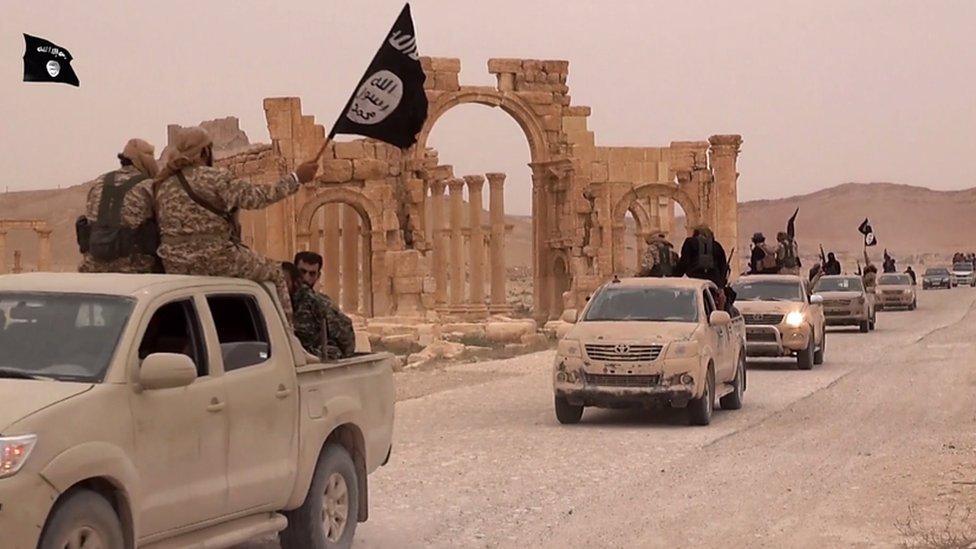
IS militants destroyed ancient edifices in Palmyra
When: 7-27 March 2016 (three weeks)
Significance: Palmyra (aka Tadmur) in central Syria is home to famous Roman ruins and is a world heritage site. Its capture by IS in May 2015 sparked international fears for its fate. It is also strategically located near oil and gas facilities and key highways.
Who: Syrian army supported by Russian air cover and Shia militias.
How: IS's unimpressive combat performance in Palmyra was perhaps the first in a series of battles that would see the group less determined to hold on to territory. It focused on targeting Syrian army positions based on the outskirts of Palmyra.
Aftermath: After IS was driven out of Palmyra, it was discovered to have suffered less destruction than expected. In fact, save for some temples that IS had blown up, the archaeological site was left mostly intact.

Falluja, Iraq

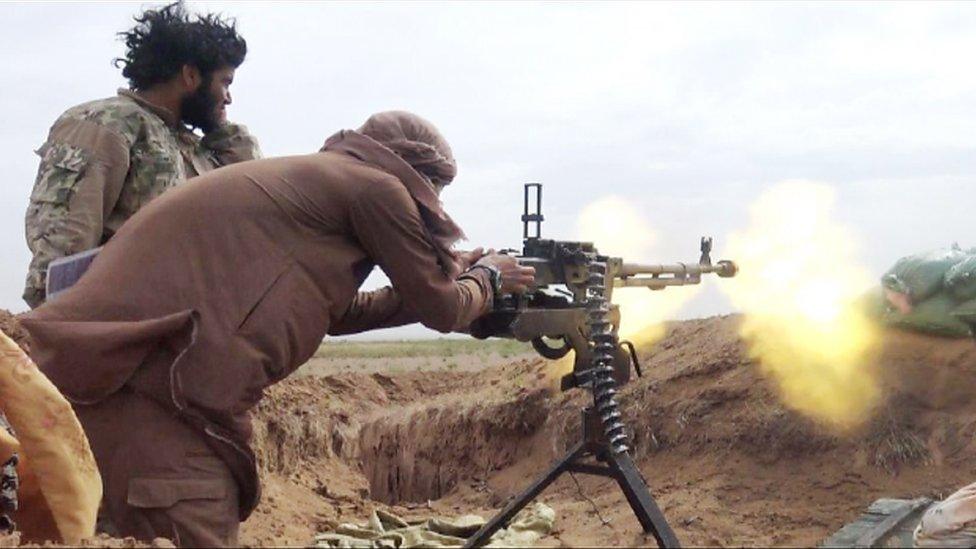
Fallujah was the first city to fall to IS
When: 22 May-26 June 2016 (little over one month)
Significance: Falluja was the longest-held IS city - originally captured in January 2014 - and considered the second-most important IS stronghold in Iraq after Mosul. It was a symbol of Sunni resistance and a hub for Sunni militancy. Falluja was seen as the source of jihadist attacks targeting Baghdad.
Who: IS versus Iraqi forces (including PM and Sunni tribal fighters) supported by US air cover. Similar to the battle for Mosul, it was agreed that the PM would not enter the city and would only secure its surrounding areas, to avoid sectarian tensions.
How: Although IS fought fiercely in Falluja, it did not hold on to the city for long as had been expected. After Palmyra, Falluja was another example that IS was not going to fight to the death in its strongholds.
Aftermath: Although IS initially banned civilians from leaving to use them as human shields, government-facilitated corridors allowed people to gradually escape. Unlike neighbouring Ramadi, Falluja was spared heavy destruction, which allowed residents to move back soon after IS's expulsion.

Manbij, Syria

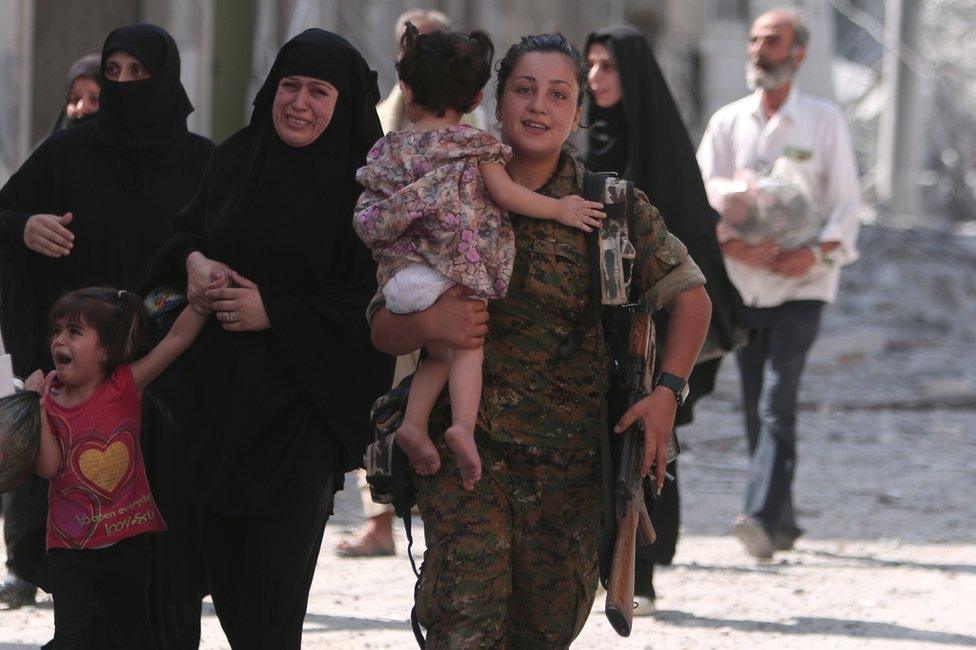
Syrian Democratic Forces fighters helped evacuate civilians in August 2016
When: 31 May-12 August 2016 (two-and-half months)
Significance: Biggest urban area controlled by IS in Syria's northern Aleppo province. The city was also a strategic gateway for IS, linking its areas of control in Syria and Iraq with the Turkish border.
Who: IS versus Kurdish-dominated US-backed Syria Democratic Forces (SDF) with heavy US air cover.
How: After putting up stiff resistance for over two months, IS appeared to have weighed its options pragmatically and decided to withdraw, with many militants heading to the nearby IS-held border town of Jarablus. Its withdrawal was soon to be replicated elsewhere in Syria.
Aftermath: Manbij residents were quick to take to the streets celebrating IS's defeat and restored freedoms. In addition to the military defeat, the scenes of celebrations widely shown in the media were a big blow to IS.

Jarablus, Syria

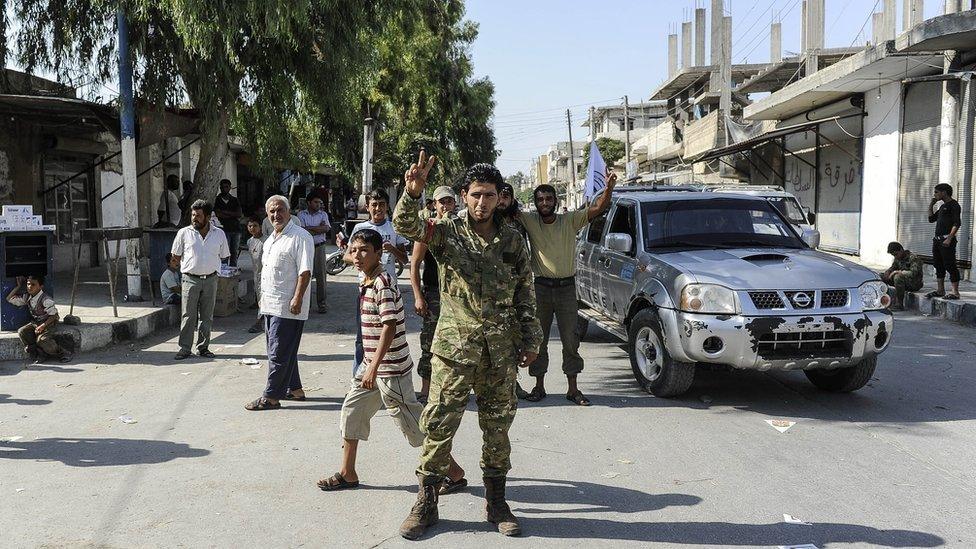
Turkish-backed Free Syrian Army (FSA) wrested control from IS in the border town of Jarablus
When: 24 August 2016 (14 hours)
Significance: Key town on Syrian-Turkish border.
Who: Free Syrian Army (FSA) rebels backed by Turkey.
How: IS militants withdrew hours after coming under heavy fire that included Turkish air strikes. They reportedly headed south towards the IS-held city of al-Bab. IS did not acknowledge its defeat and its supporters struggled to put a positive spin on it.
Aftermath: Syrian rebels took control of the border town which did not suffer much damage in the limited fighting.

Shirqat, Iraq

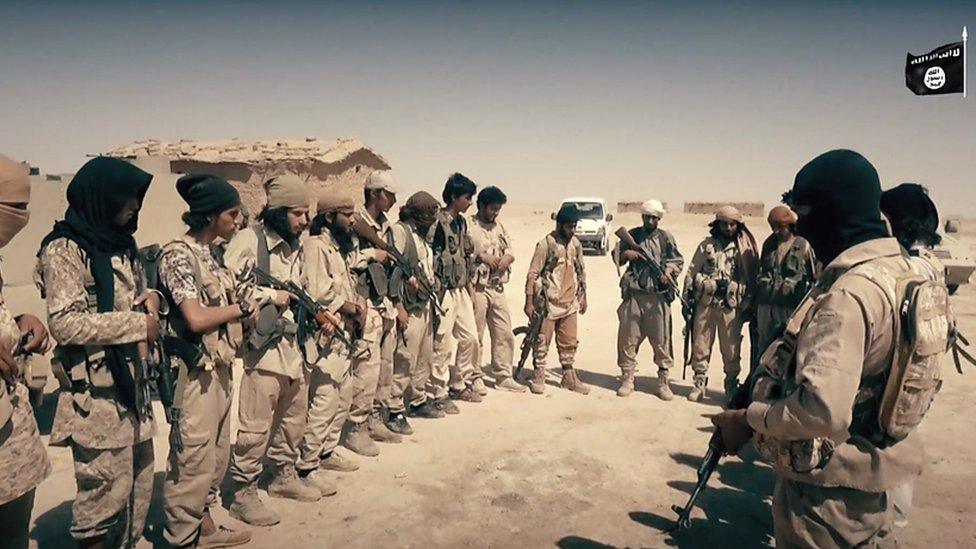
IS was defeated in Shirqat in two days
When: 20-22 September 2016 (48 hours)
Significance: Strategically important because it lies on the route from Baghdad to Mosul.
Who: IS versus Iraqi forces (including PM)
How: Although the battle was a swift victory for Iraqi forces, IS put up stiff resistance that included suicide attacks and raids on army bases and patrols.
Aftermath: Residents soon returned to the town which, like Jarablus in Syria the previous month, had suffered little damage in the fighting.

Dabiq, Syria

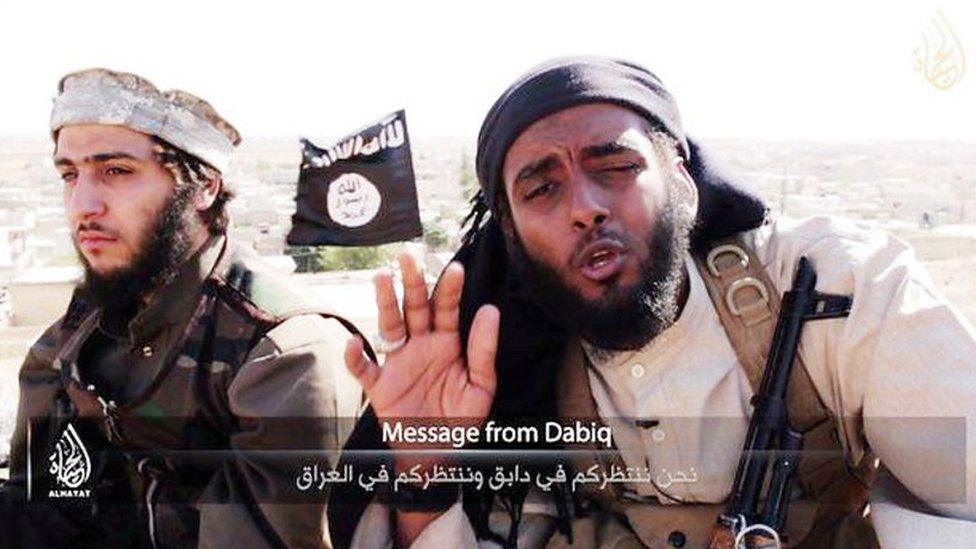
IS propaganda said the battle for Dabiq would be apocalyptic
When: 15 October 2016 (hours)
Significance: The small northern Syrian town was highly symbolic as it featured heavily in IS propaganda as the prophesied location of an apocalyptic showdown between Muslims and their enemies. IS used its control of Dabiq to support its claim of being the righteous Muslim group to win recruits. It named its flagship magazine Dabiq after the town.
Who: FSA rebels backed by Turkey
How: It is not clear if IS militants put up a fight at all. Although IS made no comment on its remarkably quick loss, it had paved the way for the outcome by explaining it as a prelude to a future end-of-times battle.
Aftermath: Losing Dabiq was a blow for IS, not least in terms of its propaganda.
BBC Monitoring, external reports and analyses news from TV, radio, web and print media around the world. You can follow BBC Monitoring on Twitter , externaland Facebook, external.